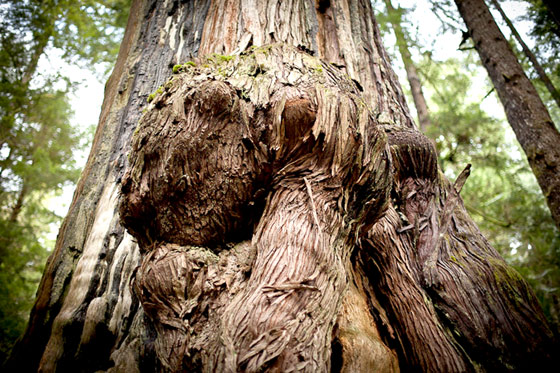
Group names old-growth grove after Christy Clark
An endangered forests advocacy group has named an old growth grove after Premier Christy Clark in a move to protect the greenery.
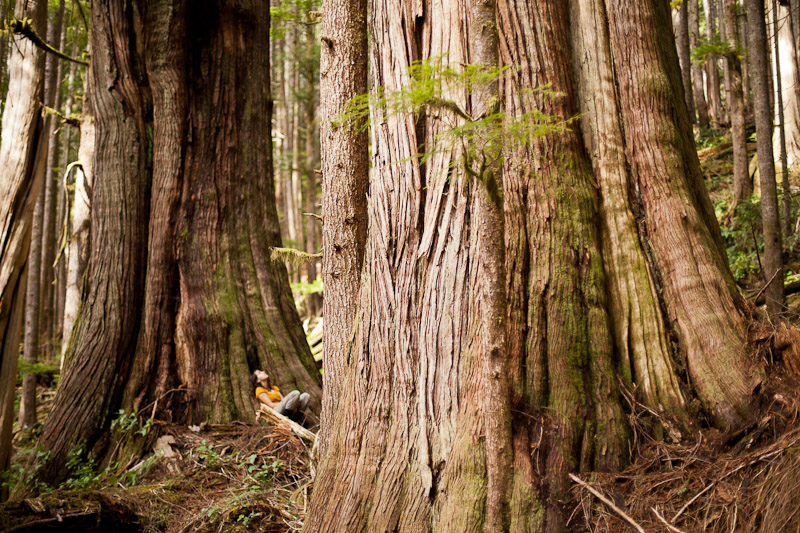
Ancient Forest Alliance asks Victoria to protect grove
The Ancient Forest Alliance is appealing to the provincial government to protect endangered old-growth forests by dubbing a recently found grove of massive trees Christy Clark Grove.
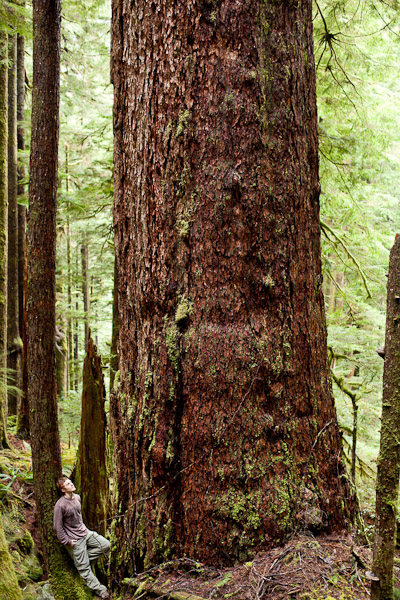
Eco-group hopes premier will protect eponymous grove
The grove, which the AFA found on unprotected Crown land near Port Renfrew, contains a Douglas fir with a circumference of 9.5 metres, making it the eighth-widest known Douglas fir in Canada.
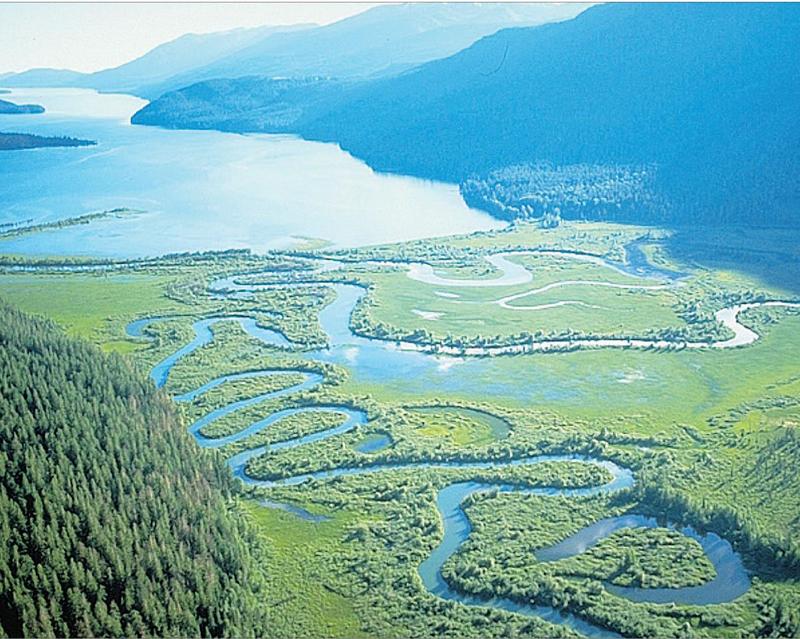
Opposition mounts to government talks on opening forest reserves to loggers
The B.C. government is holding talks with the forest industry over ways to supply more timber to beetle-hit Interior sawmills, including the option of opening forest reserves that have until now been out of bounds to loggers.
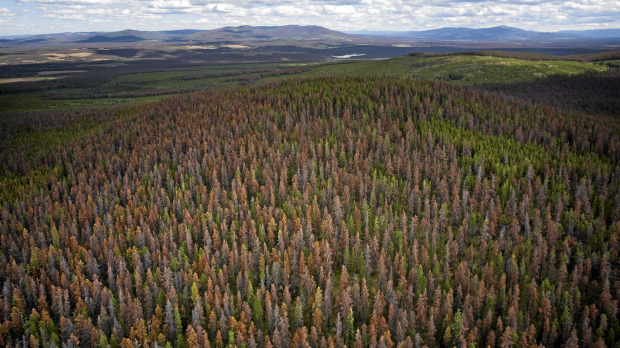
BC plan would open Interior’s protected woods for logging
Old-growth forests, wildlife corridors and other long-protected timber zones in the British Columbia Interior could be opened up to logging in order to keep mills operating, according to a cabinet document detailing a proposal under consideration by the provincial government.

A Shocking Glimpse of BC’s New Forest Plan
For more than a quarter century, logging companies at the government's blessing have been on a tear through British Columbia's expansive interior forests.
Well the day of reckoning is now very close at hand and the government's response leaves a heck of a lot to be desired.
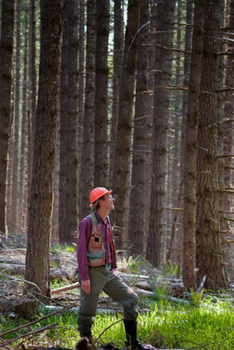
Power Grab Eyed by Clark Gov’t to Set Logging Levels
A leaked provincial cabinet document indicates that the provincial government is contemplating "suspending" the powers of one of its most powerful public servants in order to expedite a controversial logging program that has raised alarm bells in the professional forestry community.
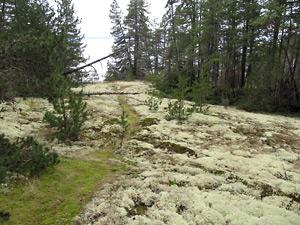
Hike raises awareness of bluffs
Friends of Stillwater Bluffs hosted a group of 50 people and 10 dogs on a hike around Stillwater Bluffs on Sunday April 15. It was part of an awareness-raising campaign that this area needs to be protected before Island Timberlands follows through on its plans to log it.
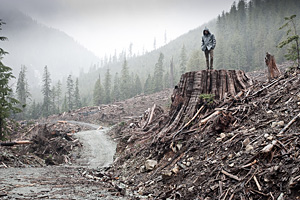
Harper changes the rules for the environment
Overfishing was partly to blame for the loss of salmon, Proctor said. So was predation by seals, sea lions and dolphins. But particularly galling was the free for-all in the forest industry: bridges and culverts disrupting streams, mudslides silting up the spawning gravel, the shock of blasting for road building killing roe.
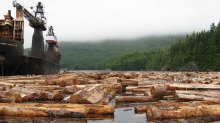
Minister costing logging jobs, critics say
B.C. Forests Minister Steve Thomson has overruled recommendations from his own advisory board on log exports dozens of times in the past three months, electing to send millions of dollars worth of raw logs to Asia rather than local mills.
